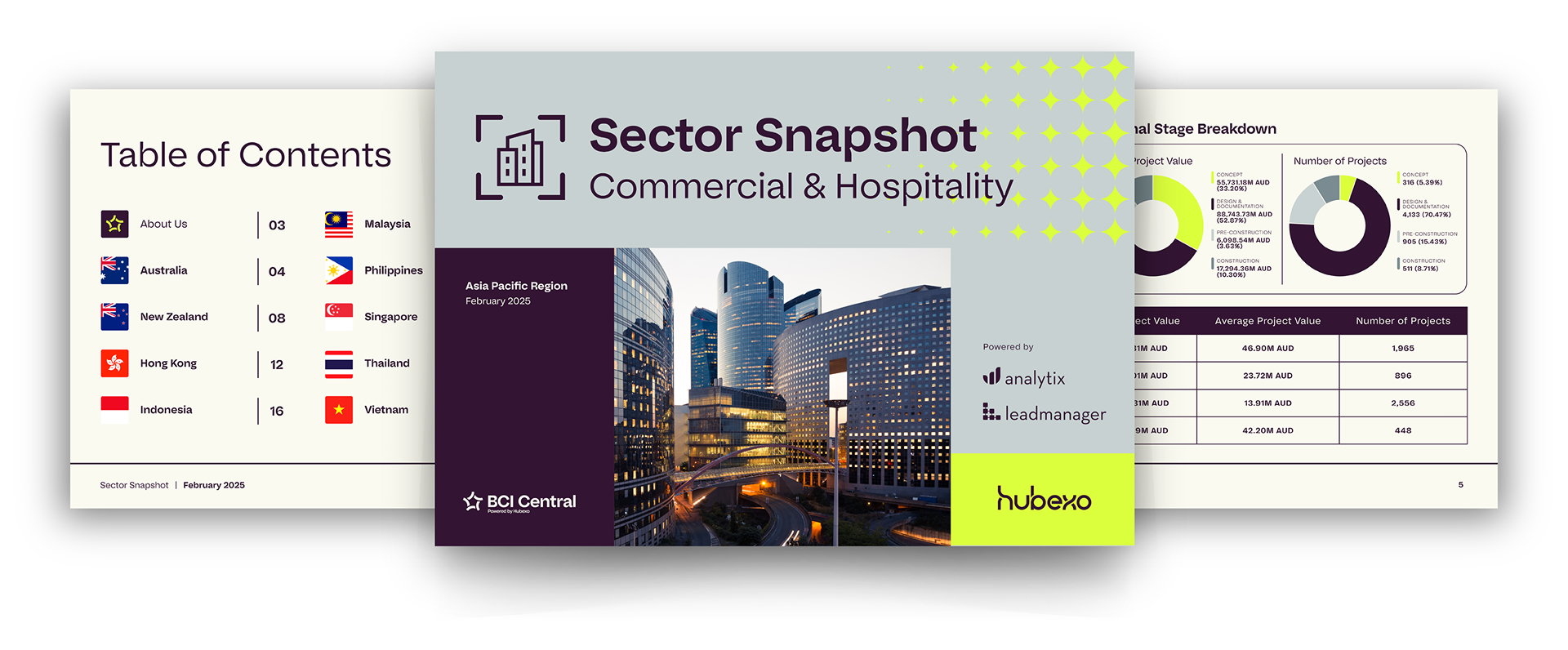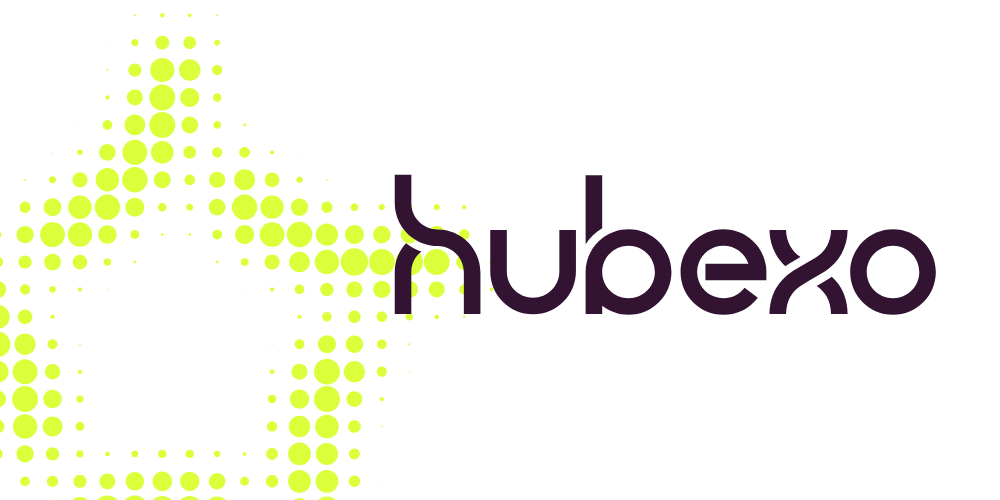- Rumah
- >
- Tips for Effective Cold Calling in Construction Sales
Tips for Effective Cold Calling in Construction Sales

Start cold calling in construction sales using our database of construction project decision-makers: book a BCI LeadManager demo today.
Would you like to introduce your business to customers that don’t know who you are, but are unsure where to start?
Cold calling has a mixed reputation, but it’s an essential skill in your sales toolkit. Mastering the art of cold calling in construction sales will help you book more meetings and close more sales.
At BCI, we have 25-years’ worth of experience in helping our clients excel in the construction sales environment. Here are some tips to help get you started.
Getting Started with Cold Calling in Construction Sales
1. Refine Your Elevator Pitch
The objective of the elevator pitch is to accurately explain what you do in as few as words as possible and without diluting the message. Your elevator pitch should be concise, confident and relevant to your audience, so make sure you do your research on the company and contact before picking up the phone.
Start by writing down how you would introduce what you do. Once you have this, work on cutting down the words so it is accurate and to-the-point. For example:
Full version: Hi [Name], Paul here from BCI Central. We report on and track upcoming commercial construction projects. Our clients use our information to find new project opportunities or track their existing customers, resulting in increased sales.
Shortened version: Hi [Name], Paul here from BCI Central. We report on
and track upcomingcommercial construction projects. Our clients use our information tofind new project opportunities or track their existing customers, resulting inincrease sales.
Use your notes as a reference rather than as a script; you want the call to sound natural. And remember, not only will your elevator pitch evolve over time, but it will also shift slightly depending on who you are calling.
2. Plan Your Questions
It’s good practice to write down your questions before picking up the phone. This preparation will not only guide you through your conversation, but it will also ensure you don’t go asking the wrong questions.
What do the right questions look like? They are:
- Tailored to the customer, and geared towards how your solution can add value to the customer’s business
- Open-ended questions that encourage more than a “Yes” or “No” answer
- Not designed to catch the prospect out! They’re designed to facilitate your understanding of the customer’s needs
While you are trying to understand the customer’s needs, they are most likely trying to understand the benefits of working with you. So, it is important that you follow up any question with a statement, usually one that puts into context why you asked the question in the first place i.e. “The reason why I ask is…” Generally, a statement can buy you another question.
When sharing information, it is also worthwhile reframing your prospect’s answer to make sure that you have understood them correctly i.e. “So, what you’re telling me is…”
3. Determine Your Objective
What do you hope to achieve by the end of the phone call? Is it to:
- Book a face-to-face meeting
- Send a quote
- Close a sale
The objective obviously depends on how far along you are in the sales cycle. It’s important to think about the potential outcome(s) you are looking for prior to your initial communication.
From here, you need to gain commitment from your prospect; this could be as simple as asking them to confirm the follow-up meeting with you. Gaining commitment shows that the prospect is engaged in the process, because if there is no confirmation of their commitment, you need to decide if they are truly interested in your solution, or if there is some underlying issue that you have not uncovered.
If you’re looking for more ways to level-up your sales skills, or looking to truly harness Pengurus Utama BCI’s capabilities, book a demo with us today.






